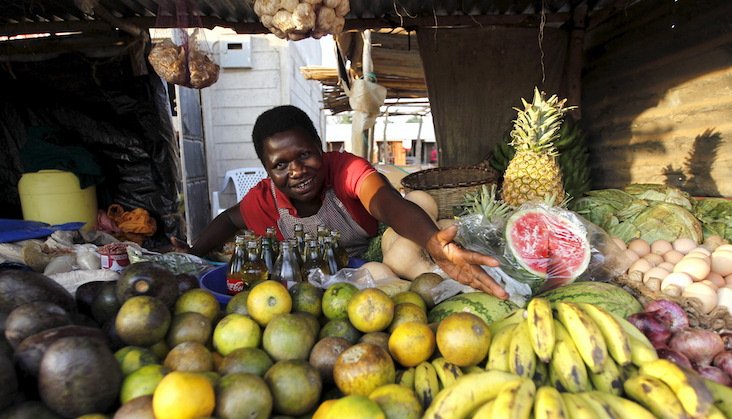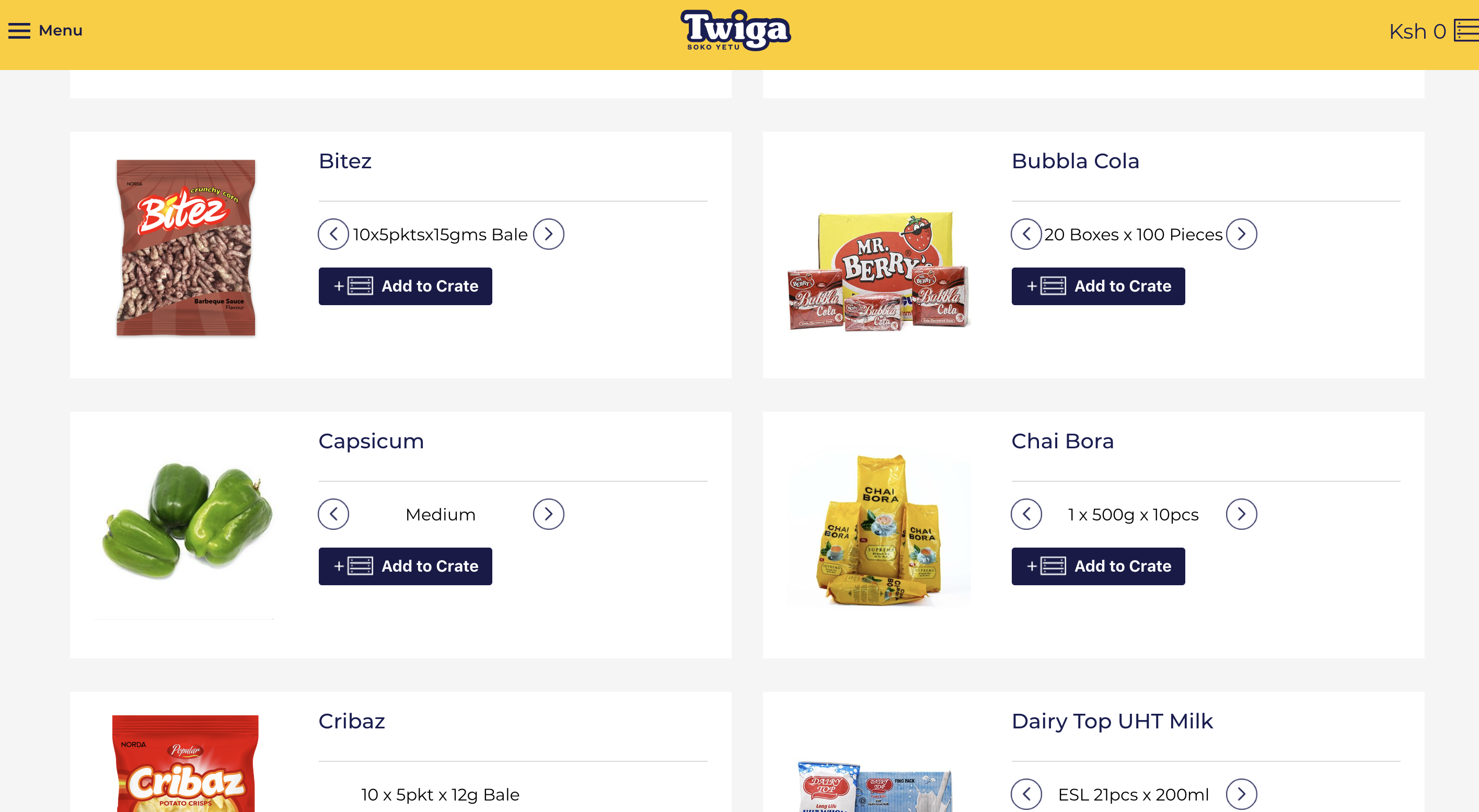The Ask

As a high-growth startup, Twiga came to MADE with a specific request — help us bridge design and development capacity. Traditionally, most tech companies prefer to build internal capacity instead of working with external consultants. However, seeing how long it takes to recruit senior design and engineering talent in the Kenyan tech ecosystem, this strategy will not work if you need these types of resources on short notice. Recruiting internal resources doesn’t also work well if you have cycles of high resource demand followed by relatively lower resource demand.
The Observation
The typical consulting model employed by consulting companies is a project-based approach. It is a pretty straightforward approach as you simply estimate the effort and time it will take to complete a project and allocate the right resources. Another common model is the developer/designer placement model where the consulting firm places a resource in the client’s team. The resource is managed 100% by the client and is technically part of the client’s team. There are two key challenges developers/designers face with the traditional placement model:- Culture fit — most techies join a specific organization because of the org’s culture. Most times, the client’s culture is very different from the consulting firm’s culture. You sold your culture to the resource and now they are technically not part of your team anymore
- Detachment from the rest of the team — typically placement models will have a resource working with the client for more than a year. During this period, the resource will be completely detached from the rest of your team. At some point, he/she will feel like they are no longer part of your team
The Process

At MADE, we have been experimenting with a model that addresses the issues outlined above and still meets the objectives of our clients. Lazily named ‘Resource for Hire’, from a contracting perspective, it works as follows:
- The client identifies a resource gap and an estimate of the time commitment they will invest in to plug the gap using iSC’s team.
- MADE has a core group of skills that we focus on so that we can build sufficient capacity instead of being spread thin across many areas. As of now, we offer design thinking (UX research, workshop facilitation, design sprint facilitation, usability testing), UI design, front-end development (HTML5, CSS, Javascript, ReactJs, VueJs, AngularJs), back-end development (PHP, Ruby, Python), mobile app development (React Native, Swift, Java), and DevOps.
- In situations where MADE doesn’t have the in-house capacity, we tap into our pool of vetted freelancers. If the freelancer hasn’t worked with us before, he/she will be paired with one of our internal resources for quality control
- Once the agreement is in place with the client, the identified resource(s) is set up. To tackle the issues of culture and detachment, MADE doesn’t do 100% placement. We leave enough hours for the resource to be with the rest of our team
On a day-to-day basis, it works as follows:
- Planning and task allocation — this is done by the client and not managed by the Made team. The idea is to embed the Made resource in the client’s team
- Tracking time on the project — to ensure transparency and build trust, we track all hours spent on the project and share timesheets based on agreed intervals. We currently use a time tracking software called Tickspot
- Unspent hours — 25% of unspent hours every month spills over to the next and expire after a month. This encourages the client to utilize the resource but at the same time account for months with low demand
- Hours beyond allocated time — occasionally, a client might want to use more than the allocated time or a task in a month takes longer than the allocated time. This is agreed upon before work is done so as not to negatively affect resource planning on the client’s side
- Work location— the resource splits his/her time between our office, the client’s office, and our work-from-anywhere days depending on what needs to be accomplished. This structure allows the placed resource to maintain the culture we have at iSC and still have adequate interaction with the client’s team.
For Twiga Foods, MADE allocated one senior back-end engineer and one senior front-end engineer. Each was allocated 80 hours a month and the initial engagement was for 6 months.
The Outcome

Below are some of the highlights from the engagement. The work was done in collaboration with the rest of the Twiga Foods tech team.
- DevOps set up — ensuring Twiga’s infrastructure is up to date and developers can be on-boarded faster
- M-commerce prototyping — our front-end designer took the lead during the prototyping and deployment of Soko Yetu — Twiga’s m-commerce platform — https://shop.twiga.ke/
- Day-to-day design and development support — the two resources have provided support across different components of Twiga Food’s platform. The allocation is decided upon during sprint planning
